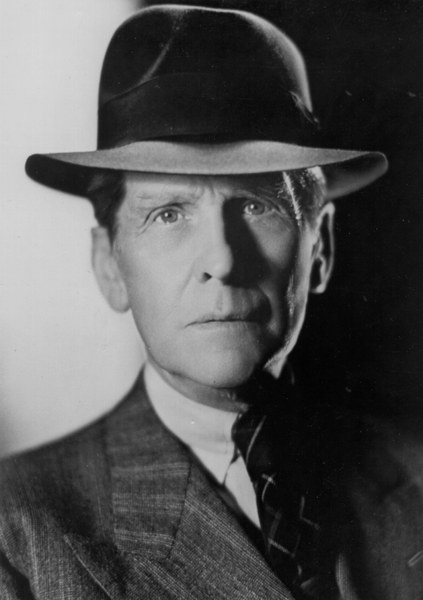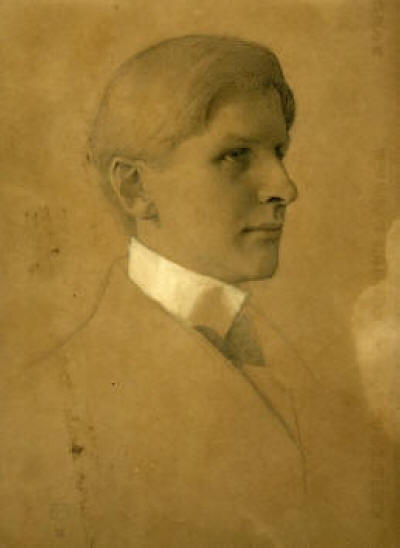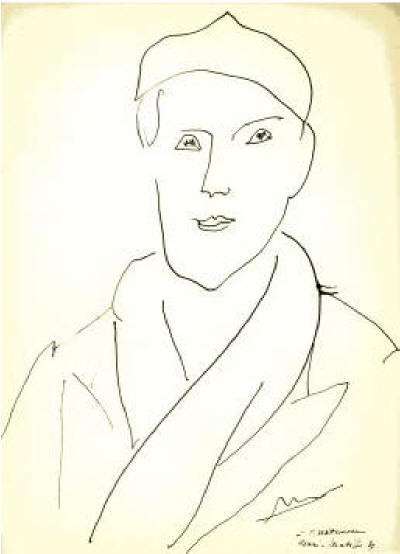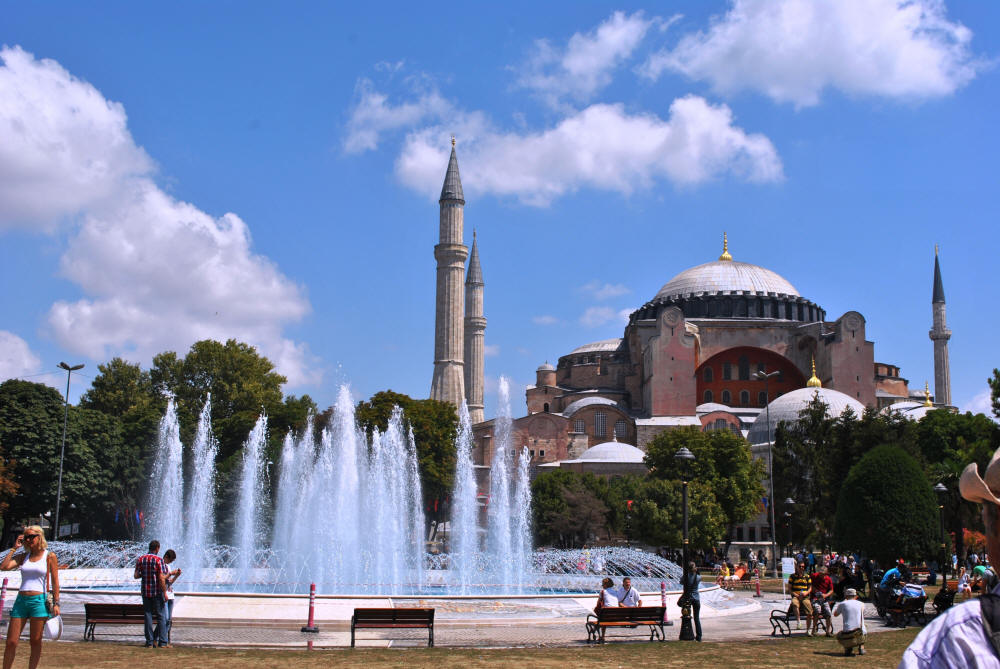Queer Places:
Columbia University (Ivy League), 116th St and Broadway, New York, NY 10027
Harvard University (Ivy League), 2 Kirkland St, Cambridge, MA 02138
Brown University (Ivy League), 13 Brown St, Providence, RI 02906
Hagia Sophia Museum, Sultan Ahmet Mahallesi, Ayasofya Meydanı, 34122 Fatih/İstanbul, Turkey
Mount Auburn Cemetery, 580 Mt Auburn St, Cambridge, MA 02138
 Thomas Whittemore (January 2, 1871 – June 8, 1950) was an American scholar
and archaeologist who founded the Byzantine Institute of America. His close
personal relationship with Mustafa Kemal Ataturk, founder and the first
president of the Turkish Republic, enabled him to gain permission from the
Turkish government to start the preservation of the Hagia Sophia mosaics in
1931. One of his lovers was Gaston
Zananiri, whose father was a Syrian Greek Catholic, his mother a Hungarian
Jew.
Thomas Whittemore (January 2, 1871 – June 8, 1950) was an American scholar
and archaeologist who founded the Byzantine Institute of America. His close
personal relationship with Mustafa Kemal Ataturk, founder and the first
president of the Turkish Republic, enabled him to gain permission from the
Turkish government to start the preservation of the Hagia Sophia mosaics in
1931. One of his lovers was Gaston
Zananiri, whose father was a Syrian Greek Catholic, his mother a Hungarian
Jew.
A character so amazing authors took him as inspiration more than once—most
notably Graham Greene in “Convoy to West Africa” (1946), in which Whittemore
is the basis of “X”; and Evelyn Waugh
in When the Going Was Good, in which Whittemore figures as “Professor
W”—Whittemore was also an early mentor of
Gertrude Stein, and a friend of
Matisse, one of whose portraits of Whittemore is now in the Fogg Art Museum.
Thomas Whittemore was born in the Cambridgeport neighborhood of Cambridge,
Massachusetts, on January 2, 1871. He earned a Bachelor of Arts degree in
English Literature from Tufts College in 1894. He taught English Composition
at Tufts for a year and then studied at Harvard Graduate School of Arts and
Sciences. He also taught courses in the fine arts at New York University and
Columbia University.[1]
From 1911 until his death Whittemore served as American representative on
the Egyptian Exploration Fund.[2]
A friend of Henri Matisse and
Isabella Stewart Gardner,
Whittemore was the one who in 1912 gave Gardner the first Matisse to enter an
American museum. A friend of Ralph Adams
Cram and Whittemore, Gardner, in turn, also in 1912, almost certainly gave
to St. John’s, Bowdoin Street (to which Whittemore was devoted), the superb
high-altar reredos that Cram—another friend of Whittemore—had designed for
Cowley; its altarpiece was by Martin
Mower, another Harvard graduate who subsequently taught there, and was
sufficiently representative of our bachelor cohort to have been called by
Lincoln Kirstein distinctly “high-bohemian.”

Drawing of Whittemore from his earlier years. From the collection: Thomas Whittemore Papers, ca. 1875-1966. Image Collections and Fieldwork Archives.

Sketch of Thomas Whittemore by Henri Matisse. From the collection: Thomas Whittemore Papers, ca. 1875-1966. Image Collections and Fieldwork Archives.

Hagia Sophia
Whittemore worked in various capacities to provide relief to Russian
refugees during World War I and following the Russian Revolution. He spent 8
months in Russia in 1915-16 and reported on conditions there when he returned
to New York to organized shipments of supplies. He was a member of the
U.S.-based Russian Relief Commission and a committee for war relief organized
by Grand Duchess Tatiana Nikolaovna.[3]
In 1930, Whittemore founded the Byzantine Institute of America, whose
mission was to "conserve, restore, study, and document" the monuments and
artworks of the Byzantine world.[4]
In 1931, Whittemore traveled with the Institute to Istanbul with the
permission of Mustafa Kemal Atatürk to oversee the removal of plaster covering
the Byzantine mosaics in Hagia Sophia. Of the radical and sudden
transformation of Hagia Sophia from an active mosque to a secular museum in
1931 he wrote: "Santa Sophia was a mosque the day that I talked to him. The
next morning, when I went to the mosque, there was a sign on the door written
in Ataturk's own hand. It said: 'The museum is closed for repairs'"[5]
In 1934, Harvard University appointed him keeper of Byzantine coins and
seals at the Fogg Art Museum for a year.[6]
He also accepted a presidential appointment to represent the United States at
the Byzantine Conference in Sofia in September of that year.[7]
His work was widely reported in the United States. In 1942, the New York
Times noted his return to Istanbul for his "ninth year in uncovering
Byzantine mosaics in the St. Sophia Museum".[8]
Beginning in 1948, he sponsored a program for the restoration of the
mosaics in the Chora Church in Istanbul.[9]
Brown University awarded him an honorary degree of Doctor of Laws in 1950.[2]
On June 8, 1950, he suffered a heart attack while visiting the U.S.
Department of State in Washington, D.C. He was buried in Mount Auburn Cemetery
in Cambridge, Massachusetts.
My published books:


BACK TO HOME PAGE

- https://en.wikipedia.org/wiki/Thomas_Whittemore
- Woods, Gregory. Homintern . Yale University Press. Edizione del
Kindle.
- Shand-Tucci, Douglass. The Crimson Letter . St. Martin's Publishing
Group. Edizione del Kindle.
 Thomas Whittemore (January 2, 1871 – June 8, 1950) was an American scholar
and archaeologist who founded the Byzantine Institute of America. His close
personal relationship with Mustafa Kemal Ataturk, founder and the first
president of the Turkish Republic, enabled him to gain permission from the
Turkish government to start the preservation of the Hagia Sophia mosaics in
1931. One of his lovers was Gaston
Zananiri, whose father was a Syrian Greek Catholic, his mother a Hungarian
Jew.
Thomas Whittemore (January 2, 1871 – June 8, 1950) was an American scholar
and archaeologist who founded the Byzantine Institute of America. His close
personal relationship with Mustafa Kemal Ataturk, founder and the first
president of the Turkish Republic, enabled him to gain permission from the
Turkish government to start the preservation of the Hagia Sophia mosaics in
1931. One of his lovers was Gaston
Zananiri, whose father was a Syrian Greek Catholic, his mother a Hungarian
Jew.



